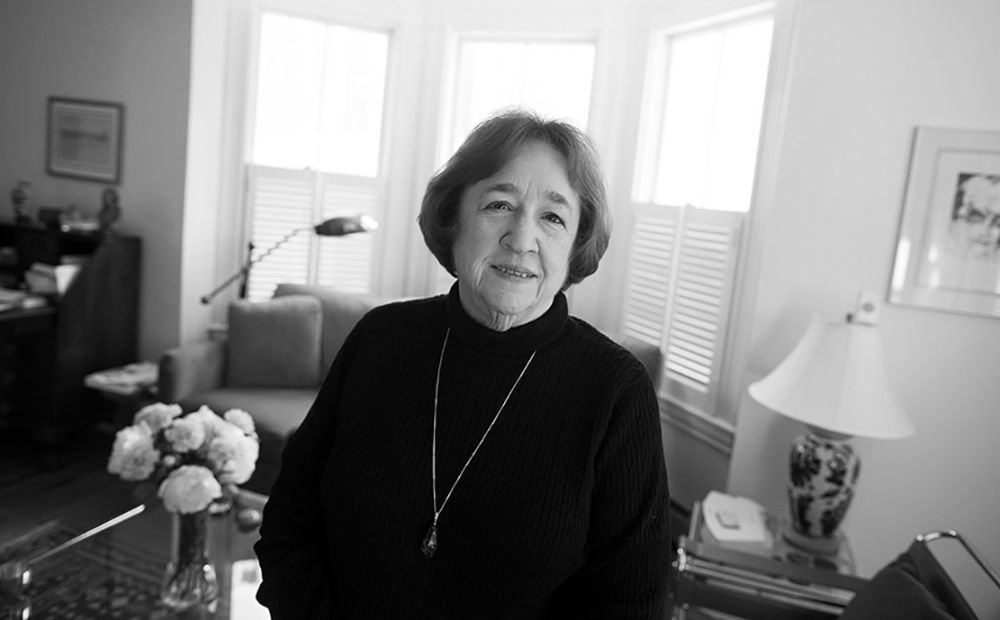Issue 196, Spring 2011
The Paris Review first interviewed Ann Beattie in 1983. The transcripts of those sessions reveal a writer who had grown accustomed to being noticed and a little weary of answering reporters’ questions. “I can’t help it,” she said, “if people make the mistake of thinking that I am a prophet and that I am disguising my wisdom as short fiction that’s published in The New Yorker.” George Plimpton attached a note to the interview that read, “Yes, I’m for it,” and Beattie sent in her final edits to editor Mona Simpson, but for unknown reasons the conversation was never published, though some of its passages prompted exchanges that appear in this one.
In the intervening decades, a lot has changed: Beattie still publishes stories in The New Yorker, but far less frequently; talk of a “Beattie generation” has faded, even as she continues to write fiction that deftly captures the lives of her peers; and a temperament characterized by youthful impatience has given way to a mellow graciousness. After reading the ’83 interview, I was prepared for a standoffish encounter when I traveled to meet her in Key West, where she lives with her husband, Lincoln Perry, in the winter. (She also has a house near the University of Virginia, where she teaches literature and creative writing, and in Maine.) Instead, she and Perry met me at the airport like parents welcoming home a son from college. At a restaurant a few nights later, one couple would mistake us for a family dining out together.
Beattie proved to be an excellent host and tour guide for Key West. Despite sitting for hours of questions, she invited me along for lunch and dinner every day (and somehow always managed to pay the check), and even loaned me her car to take around the island. (The Paris Review paid for a full tank of gas, at least, before I returned it.) She showed her generosity, too, in the interview itself: when a discussion of Donald Barthelme threatened to take over too much of our time together, she said, “We can talk about him forever. I love him.”
There was plenty of her own writing to cover: her stories in The New Yorker, where her work first appeared in 1974, when she was twenty-six; her collections, including Distortions (1976), Secrets and Surprises (1978), The Burning House (1982), and Perfect Recall (2000); and novels like Chilly Scenes of Winter (1976), Falling in Place (1981), Picturing Will (1989), Another You (1995), and The Doctor’s House (2002). In the early stories, her use of affectless dialogue and bare-bones description, soon widely imitated, seemed terribly new, and terribly pressing, for American fiction. She was a master at portraying the sorts of relationships—the results of divorce, sexual liberation, or youthful aimlessness—that were becoming the norm for a generation that had come of age in the sixties and seventies. Over the years her style has shifted to encompass a greater range of narrative voices and descriptive flourishes, but Beattie’s wry voice, intimate narration, and tart characterization remain instantly recognizable.
The house she shares with Perry in Key West sits in the shadow of a giant kapok tree, a thorn-covered prehistoric beast that fits into the general ethos of the island precisely by looking so out of place. On our last day together, she was shut up in her office when I arrived; her newest collection, The New Yorker Stories, had just gotten a bad review in The New York Times, and she was on the phone with the writer Harry Mathews in the other room, listening quietly as he consoled her (the collection was later named one of the ten best books of the year by the Times). At dinner that night, she told the story of her attempt to go through assertiveness training. “Ann,” a friend had asked, “what more could you want?” Perry laughed at the memory, and then turned and looked at Beattie with a smile before repeating, “What more could you want?”




